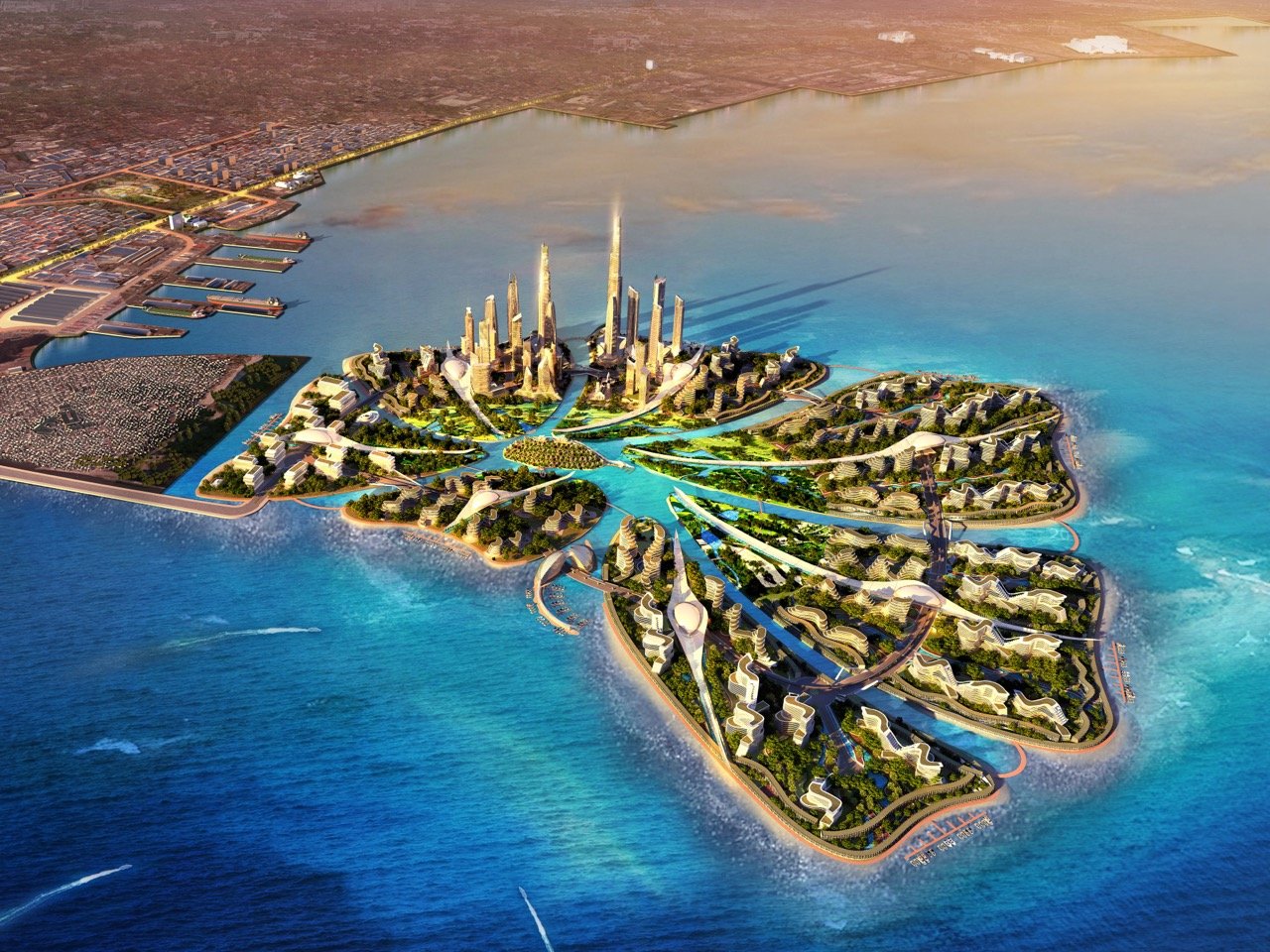Manila has always had a complicated relationship with water. The city sprawls across a delta, floods seasonally, and yet somehow keeps expanding outward rather than dealing with its fundamental infrastructure problems. So naturally, instead of fixing the drainage systems or improving the existing urban fabric, someone decided the solution was to build artificial islands and stack them with luxury towers. Enter City of Pearl, a massive mixed-use project that just picked up a Golden A’ Design Award in Urban Planning and Urban Design back in 2018, which puts it in some genuinely elite company globally.
HPA Architects Engineers and Development Consultants designed this beast, and from what I can gather, they’re going full Dubai playbook here. Think integrated commercial zones, high-end hospitality venues, and residential towers all crammed onto reclaimed land in Manila Bay. The project aims to create what the design community loves calling a “live-work-play” environment, which usually means expensive apartments near expensive restaurants where expensive people can avoid interacting with the rest of the city. But credit where it’s due, the design execution looks genuinely thoughtful, at least on paper.
Designer: Hpa Architects Engineers and Development Consultants
The project focuses on the live-work-play integration that everyone talks about but few actually execute well. HPA’s design prioritizes walkability and 24/7 activation, which sounds obvious until you visit most mixed-use developments that turn into ghost towns after 6pm. The residential towers aren’t cordoned off from the commercial zones. Green spaces thread through the entire development instead of being relegated to sad corner plazas. The hospitality components, which include upscale hotels and dining, sit at strategic points to keep foot traffic flowing throughout the day. This creates natural collision points where residents, workers, and tourists intersect, which is exactly what makes urban environments feel alive rather than sterile.
HPA integrated pedestrian-focused infrastructure and public transit connectivity from the ground up, reducing car dependency in a region where traffic congestion rivals Los Angeles on a bad day. The green space allocation exceeds typical Manila developments by a significant margin, though exact percentages weren’t disclosed in the award documentation. These aren’t token gestures. Dense urban environments need breathing room, and the architects understood that luxury buyers in 2018 and beyond expect environmental consideration baked into the design philosophy, not bolted on as an afterthought.
Mixed-use waterfront developments are everywhere now, from Singapore’s Marina Bay to Mumbai’s reclamation projects. What separates the memorable from the forgettable is whether architects can create genuine public space, real connectivity with existing urban fabric, and buildings that age gracefully instead of looking dated in fifteen years. The A’ Design Award recognition suggests HPA understood the assignment, but awards measure potential while reality measures delivery. Manila will get the City of Pearl it builds, not the one that won the prize. The renderings look spectacular, naturally. They always do.
The post Manila gets its own Palm Jumeirah-style Artificial Islands With Luxury Housing first appeared on Yanko Design.

